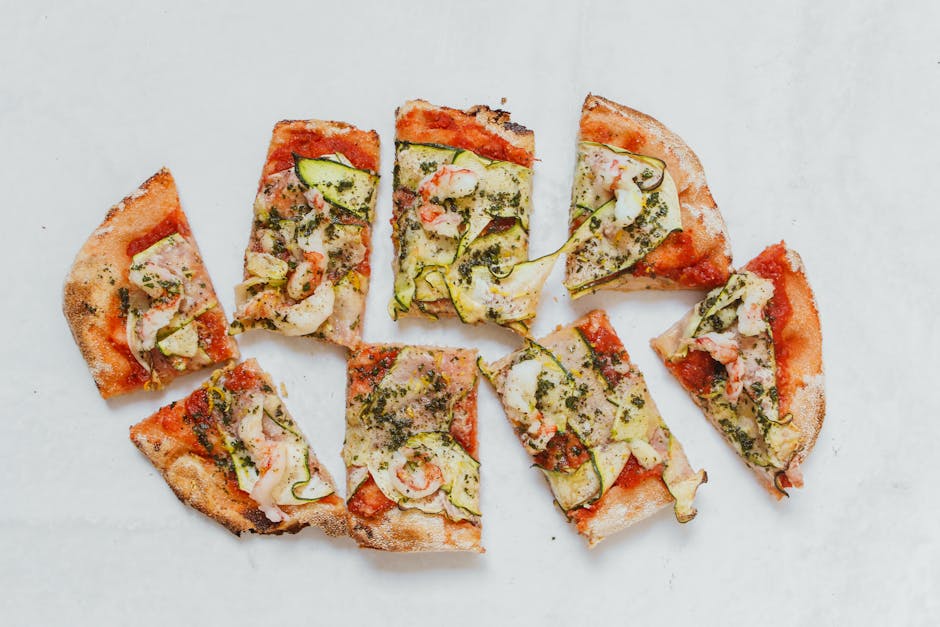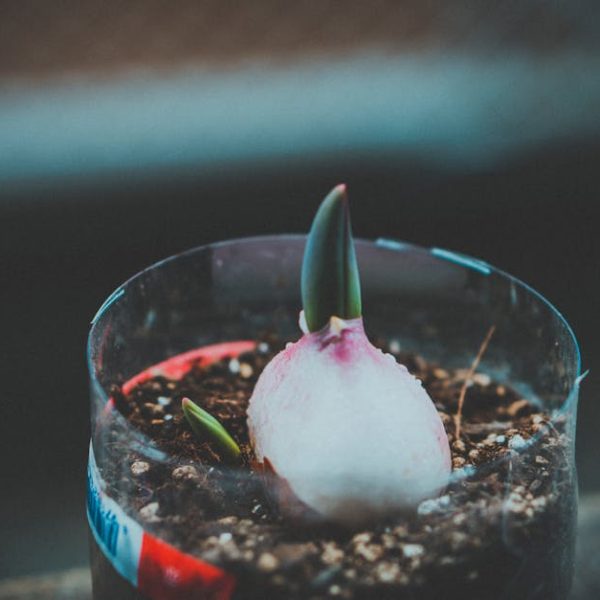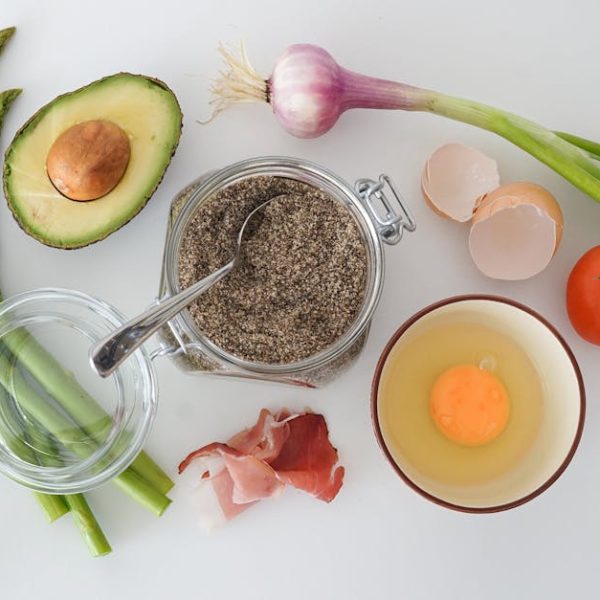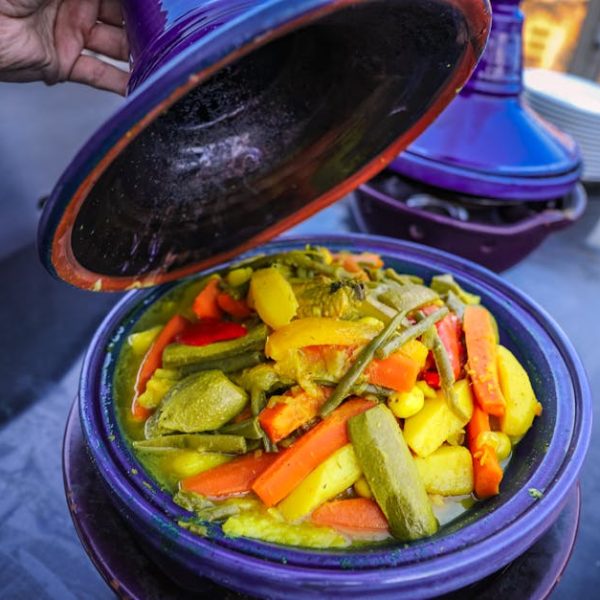On the surface, zucchinis and cucumbers could very well pass for identical twins in the vast kingdom of vegetables, with their similar sizes and refreshing green appeal. However, beyond these external similarities lies a world of distinct characteristics that sets them apart. By exploring their differences, we will benefit from unique culinary opportunities and a growing appreciation for these delightful garden favorites.
Physical Appearance of Zucchini and Cucumbers
Distinguishing between zucchinis and cucumbers largely boils down to their distinctive physical traits. Generally, cucumbers have a uniform deep green skin that is slightly rugged with visible, longitudinal lines running from top to bottom. They have a more uniform cylindrical shape and rounded ends. On the other hand, zucchinis possess a darker, shinier skin with occasional pale stripes. Their shape tapers towards the ends and is typically more robust in the middle.
Key differences lie in:
- Color: Zucchinis lean towards a darker green, often with paler stripes or spots.
- Shape: While both have a cylindrical shape, cucumbers are more consistently sized throughout, while zucchinis taper at the ends.
- Size: Mature cucumbers are often larger compared to zucchinis.
- Skin texture: Cucumbers have a more rugged exterior compared to the smooth skin of zucchinis.
As these garden favorites mature, their appearance changes. Zucchinis tend to develop a more woody texture, and cucumbers might display yellow spots, indicating overripeness.
Pro Tip: Picking cucumbers and zucchinis in their prime ensures the best flavor and texture. While optimal size varies among different varieties, as a rule of thumb, smaller is often better.
Nutritional Value and Health Benefits
While both cucumbers and zucchinis are low in calories, yet they have varying nutritional profiles that provide unique health benefits. Zucchinis have relatively higher levels of vitamins C and K, along with potassium, all essential nutrients for general health and wellbeing. On the contrary, cucumbers offer a higher water content, making them an excellent choice for hydration.
Here’s a quick comparison of their nutritional facts per 100 grams:
- Zucchini: 17 Kcal, 0.3g Fats, 3.1g Carbohydrates, 1.2g Proteins, 2.5g Fibers.
- Cucumber: 15 Kcal, 0.1g Fats, 3.6g Carbohydrates, 0.65g Proteins, 0.5g Fibers.
The health benefits of zucchinis include aiding digestion, improving eye health, and maintaining heart health due to its rich nutrient content. Conversely, cucumbers, with their high water content and beneficial antioxidants, are excellent for hydration, skin health, and weight management.
Best Practices: Incorporate both zucchinis and cucumbers into your regular diet for enhanced fiber intake. Enjoy them in their raw form in salads or as healthy snacks to reap maximum nutritional benefits. However, ensure to wash them thoroughly to get rid of any potential pesticides.
Next, we will delve into their taste and texture, cooking preferences, and finally their ideal growing conditions.
Taste and Textural Differences
When it comes to taste and texture, both cucumbers and zucchinis have their distinct characteristics that lend themselves to diverse culinary uses. Cucumbers are known for their fresh, crisp taste with a slightly sweet undertone, while zucchinis offer a mildly sweet flavor with a hint of bitterness, which becomes more pronounced as they mature. The flavor profile of both is largely water-based, which makes it subtle yet refreshing. However, the method of preparation and cooking can greatly affect the taste, enhancing or mellowing down their unique flavors.
Let’s compare them side-by-side:
- Flavor: Zucchini have a slightly sweeter taste with a hint of earthiness, while cucumbers are crisp and subtly sweet.
- Bitterness: Mature zucchinis can have a slight bitterness not usually found in cucumbers.
In terms of texture, cucumbers are known for their crunch, thanks to their firm outer skin and watery flesh. Zucchinis, on the other hand, have a slightly spongy texture with a crunch that becomes less pronounced when cooked.
Here is your checklist to evaluate the texture:
- Crunchiness: Cucumbers have a higher crunch factor compared to zucchinis.
- Firmness: While both are firm, cucumbers tend to be more resilient due to their thick skin.
- Seeded area: Zucchini seeds are more tender and less noticeable than those in cucumbers.
Cooking and Food Pairing Preferences
Both zucchinis and cucumbers are versatile ingredients in the culinary world. In cooking, zucchinis are commonly used in stir-fry dishes, pastas, and baked goods, thanks to their ability to absorb flavors while adding texture. They are also often grilled or stuffed. On the other hand, cucumbers are usually consumed raw, recognized as the perfect addition to salads, sandwiches, and refreshing dips, thanks to their crisp texture and hydrating properties.
Popular dishes for zucchinis and cucumbers include:
- Zucchini: Zucchini Bread, Grilled Zucchini, Zucchini Pasta.
- Cucumber: Greek Salad, Cucumber Sandwiches, Cucumber Raita.
When it comes to food pairing, both zucchinis and cucumbers blend well with a variety of ingredients. Zucchinis pair well with ingredients like tomatoes, garlic, cheese, and herbs like basil and oregano. Cucumbers, on the other hand, complement flavors such as dill, mint, yogurt, vinegar, and citrus fruits.
Pro Tip: Experiment with combining zucchinis and cucumbers with different ingredients to discover new directions in your culinary journey.
Growing Conditions and Gardening Tips
Although they belong to the same plant family, zucchinis and cucumbers thrive best in different growing conditions. Zucchinis prefer sunnier spots and relatively fertile soil, while cucumbers do well in cooler conditions with moist, well-drained soil.
Here’s a comparison of their preferred gardening conditions:
- Climate: Zucchinis thrive in warmer climates, while cucumbers prefer cooler surroundings.
- Soil type: Zucchinis need fertile soil with good drainage, while cucumbers prefer soil that retains moisture and is rich in organic matter.
- Sunlight: Zucchinis need plenty of sun, while cucumbers can tolerate partial shade.
- Water: Cucumbers need consistently moist soil, while zucchinis require moderate watering, avoiding overly soggy conditions.
When it comes to tips for successful growth, for zucchinis, apply mulch to retain soil moisture and avoid watering the foliage to prevent mildew. For cucumbers, ensure they receive adequate water especially during flowering and fruiting, and support them with trellises for better growth.
Best Practices: No matter what vegetable you choose to grow, always follow good gardening practices. This includes providing the right amount of water, sunlight, and nutrients, and regularly checking for signs of pests or diseases. With careful attention and care, you can enjoy a plentiful harvest of both zucchinis and cucumbers right from your backyard garden.
Key Takeaway:
- Zucchinis and cucumbers differ greatly in terms of physical appearance, nutritional value, taste and texture, cooking preferences, and growing conditions.
- Zucchinis are typically darker green with a smooth skin texture, while cucumbers have a uniform deep green skin and are cylindrical in shape with rounded ends.
- In terms of nutritional value, zucchinis are higher in vitamins C and K, and potassium, while cucumbers have a higher water content.
- Zucchinis have a mildly sweet flavor with a hint of bitterness and a spongy texture, while cucumbers have a fresh, crisp taste and are crunchy.
- Zucchinis are versatile and are used in cooking various dishes, while cucumbers are generally eaten raw in salads, sandwiches, and dips.
- Zucchinis prefer sunnier spots and fertile soil to thrive, while cucumbers grow best in cooler conditions with moist, well-drained soil.
Understanding the key differences between zucchinis and cucumbers can enrich our culinary journey, provide diversified nutritional benefits, and add variety to our gardening experience. Embrace these unique attributes, and let the exploration of these two garden favorites enhance your food palate!
FAQs
Q: How can I store zucchinis and cucumbers for a longer shelf-life?
A: Both zucchinis and cucumbers should be stored in the refrigerator. A perforated plastic bag can help keep them fresh for a longer period. Remember, avoid washing them before storage as moisture accelerates spoilage.
Q: Can I substitute zucchinis for cucumbers in recipes?
A: Substitutions largely depend on the specific recipe. Generally, in raw dishes where the texture matters, like salads, substitutions are not ideal. However, for cooked dishes where vegetables are sautéed or baked, swapping may be possible.
Q: Are all zucchinis and cucumbers suitable for pickling?
A: While it’s possible to pickle both, cucumbers are typically preferred for their crunchy texture. If pickling zucchinis, do ensure they are young and firm, not overripe.
Q: What are some tips for harvesting zucchinis and cucumbers?
A: For both vegetables, picking when they’re smaller usually results in a better taste and texture. Overripe ones may develop a bitter taste and tougher skin.
Q: Are zucchinis and cucumbers susceptible to any common pests or diseases?
A: Yes, common pests for both include aphids and cucumber beetles. Diseases may include powdery mildew and bacterial wilt. Regular monitoring, good plant hygiene, and precise watering can help prevent these issues.
We hope you found this article informative and useful. If so, feel free to share it with others who might benefit. Don’t forget to explore more of our posts for a plethora of other interesting topics!






